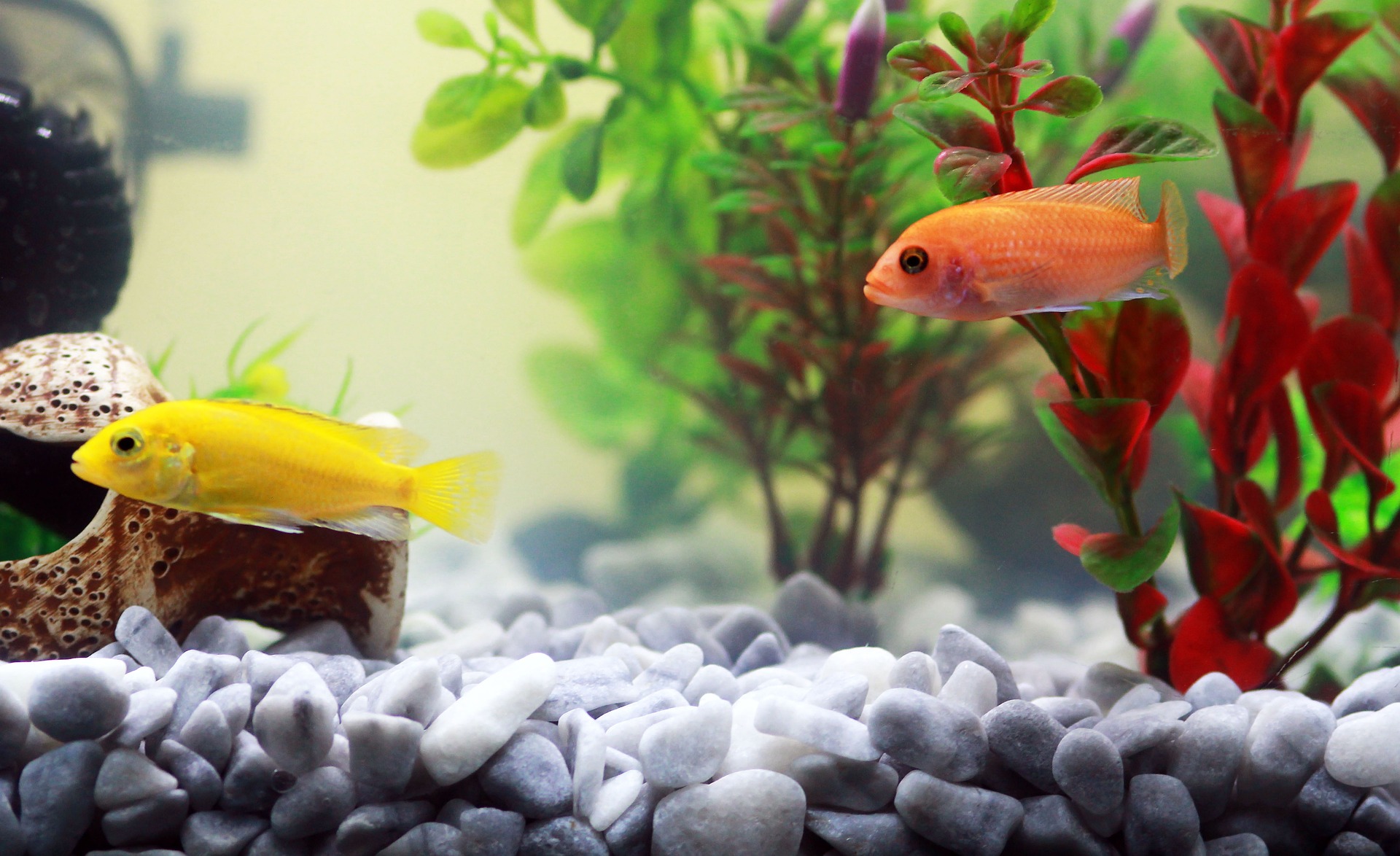**Delving into the World of Pet Microchipping: A Comprehensive Overview**
Microchipping pets is a practice that has gained popularity in recent years, serving as a reliable method of ensuring pet safety. This article delves into the intricacies of pet microchipping, its history, current trends, and the future implications for pet owners and the pet care industry.
Background and Historical Context of Pet Microchipping
Pet microchipping was first introduced in the late 1980s, with the goal of creating a permanent, unalterable method of pet identification. Unlike collars or tags, which can be easily lost or removed, microchips are small devices implanted under the skin of the pet, providing a unique identification number that can be scanned and linked to the owner’s contact information. The use of this technology has increased over the years due to its convenience and effectiveness.
Latest Trends and Updates in the Field of Pet Microchipping
In recent years, advancements in microchip technology have led to the development of temperature-sensing chips, which can provide critical information about the pet’s health. Additionally, there is an increase in the number of countries making microchipping mandatory for certain pets, primarily dogs, as part of their efforts to ensure pet safety and control stray animal populations.
Economic Impact and Cost Implications of Pet Microchipping
The market for pet microchips is expected to grow substantially in the coming years. According to market research, the global pet microchip market is projected to exceed $380 million by 2026. The cost of getting a pet microchipped typically ranges from $25 to $50, which includes the cost of the chip and the implantation procedure.
Scientific Research Supporting the Efficacy of Pet Microchipping
Numerous studies have validated the effectiveness of microchipping as a method of pet identification. A research conducted by the American Veterinary Medical Association (AVMA) revealed that microchipped dogs were returned to their owners 2.5 times more often than non-microchipped dogs. For cats, the return-to-owner rate was 20 times higher for microchipped cats than for non-chipped cats.
The Future of Pet Microchipping: A Balance between Technology and Ethics
While the advancements in pet microchipping promise enhanced pet safety and health monitoring, they also bring forth ethical considerations. As the technology becomes more sophisticated, issues such as data privacy and the potential for misuse become more prevalent. It is, therefore, crucial that as we move forward, we strike a balance between leveraging technology for pet safety and preserving the ethical boundaries of its application.
In conclusion, pet microchipping is a field that has grown significantly over the years, offering a reliable solution to pet identification and safety. As we continue to embrace this technology, it is essential to stay updated on its advancements, understand its implications, and consider its ethical dimensions.





